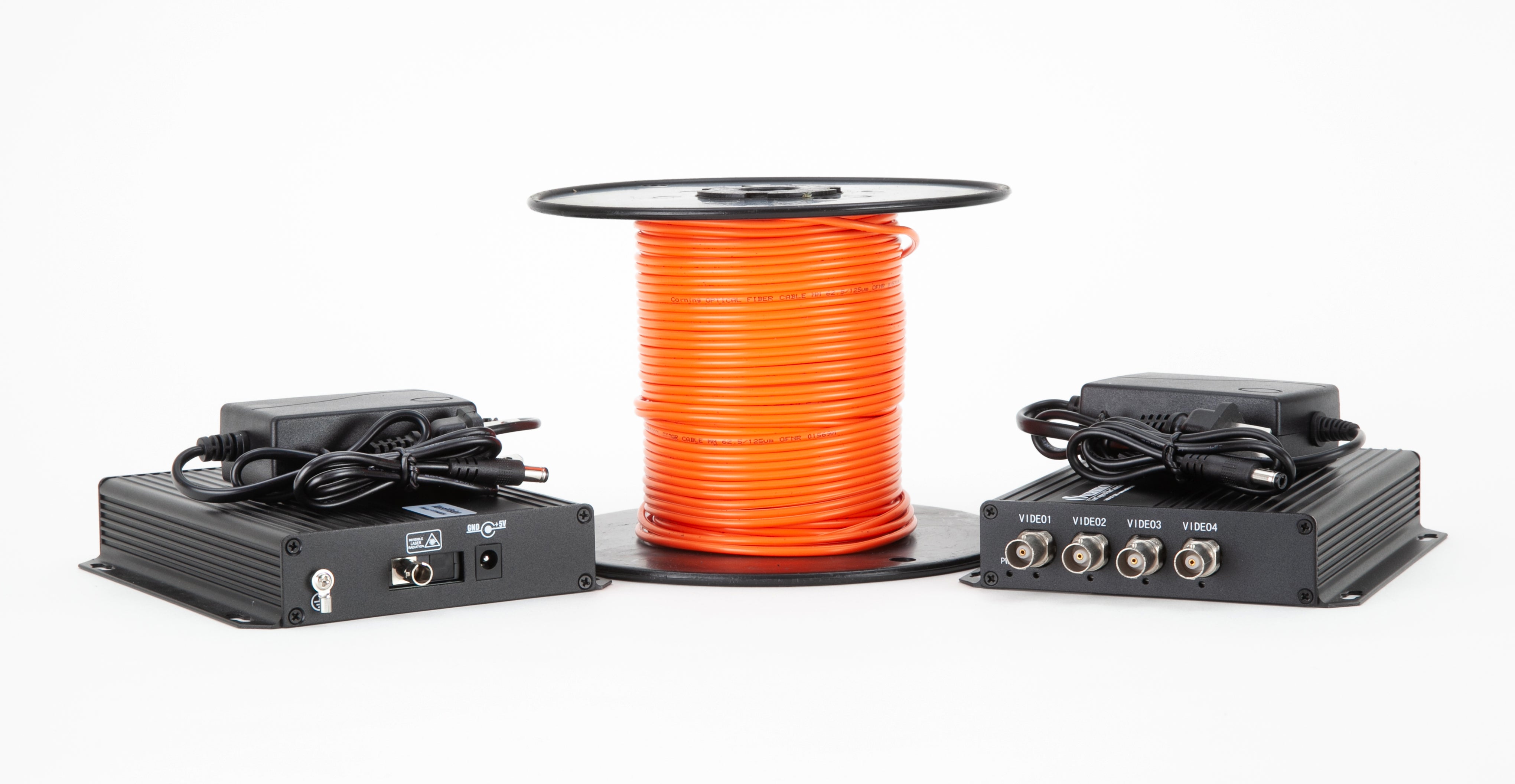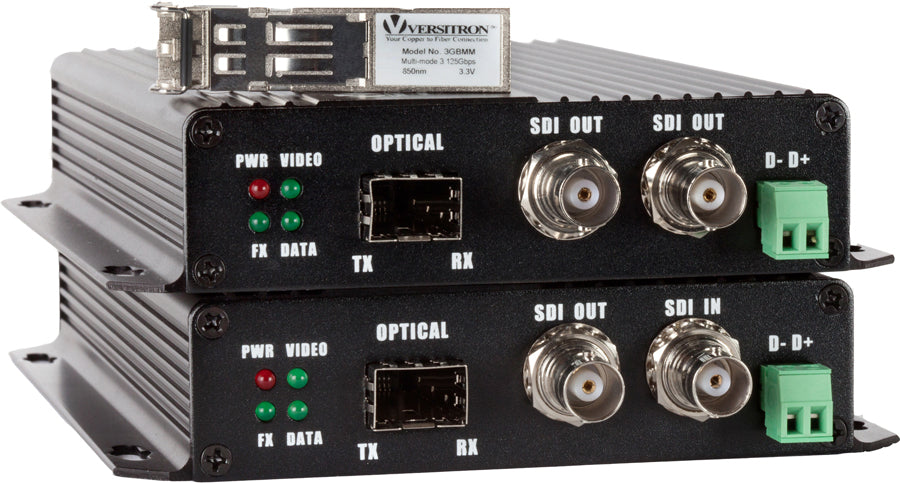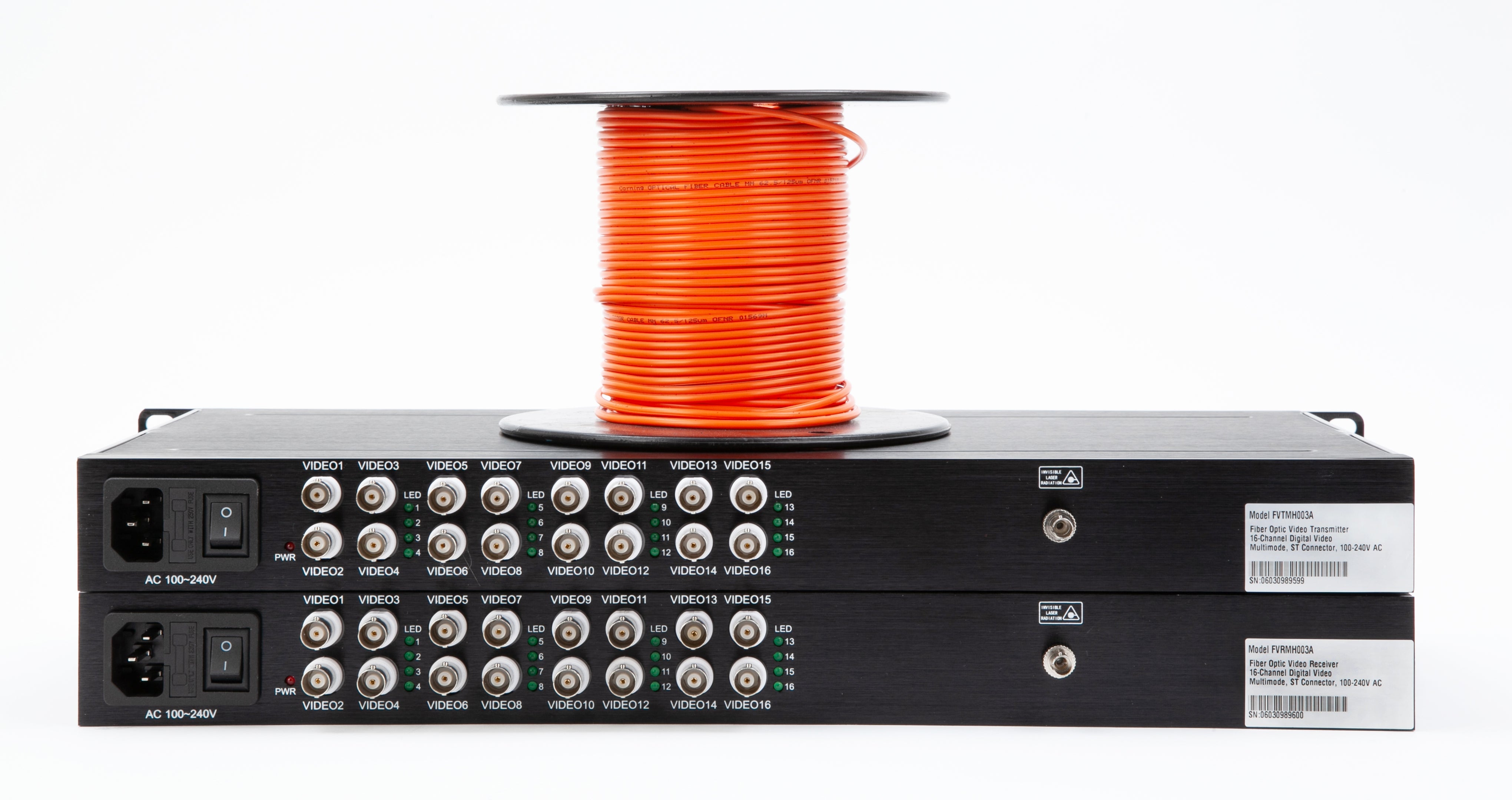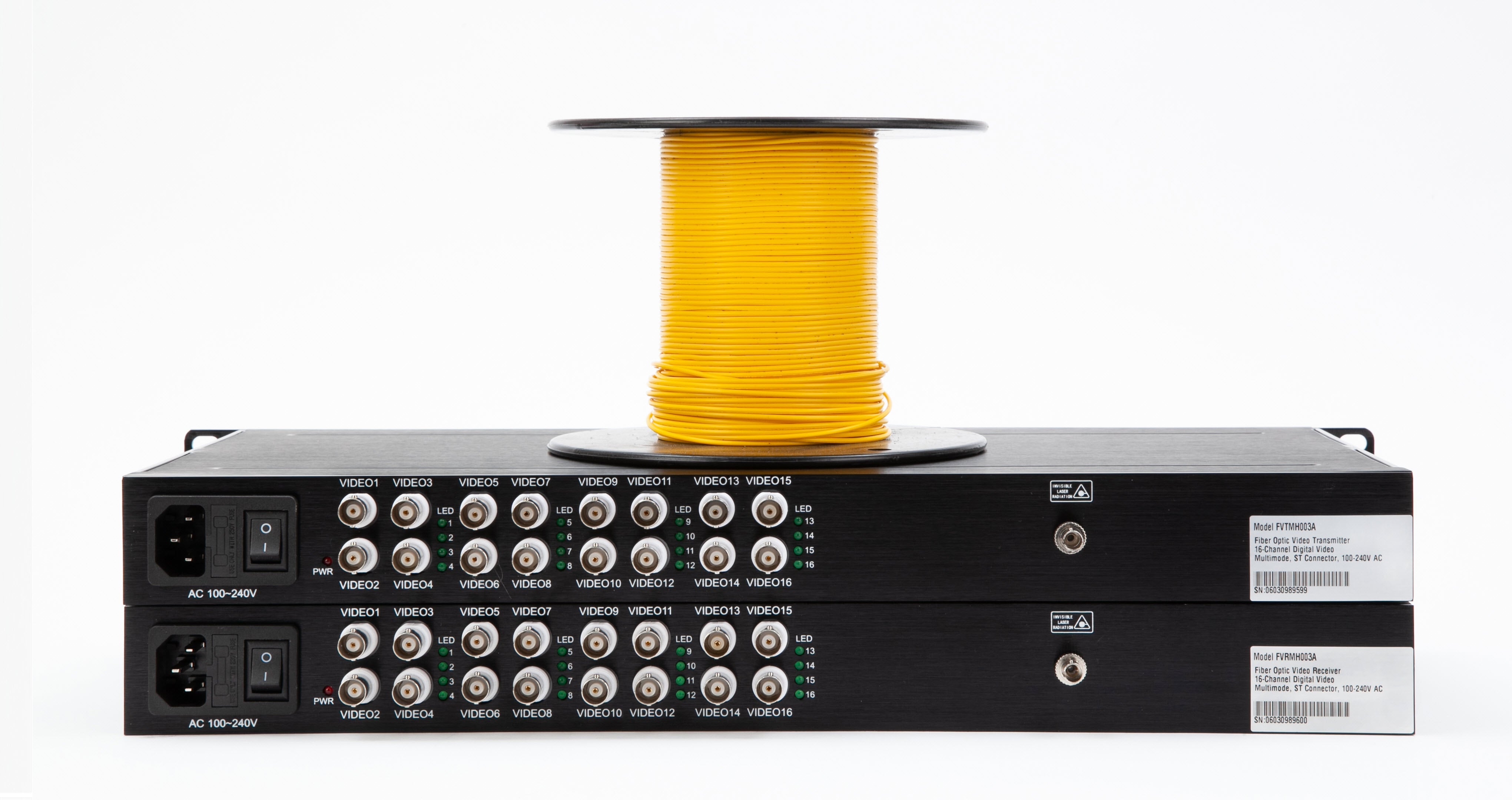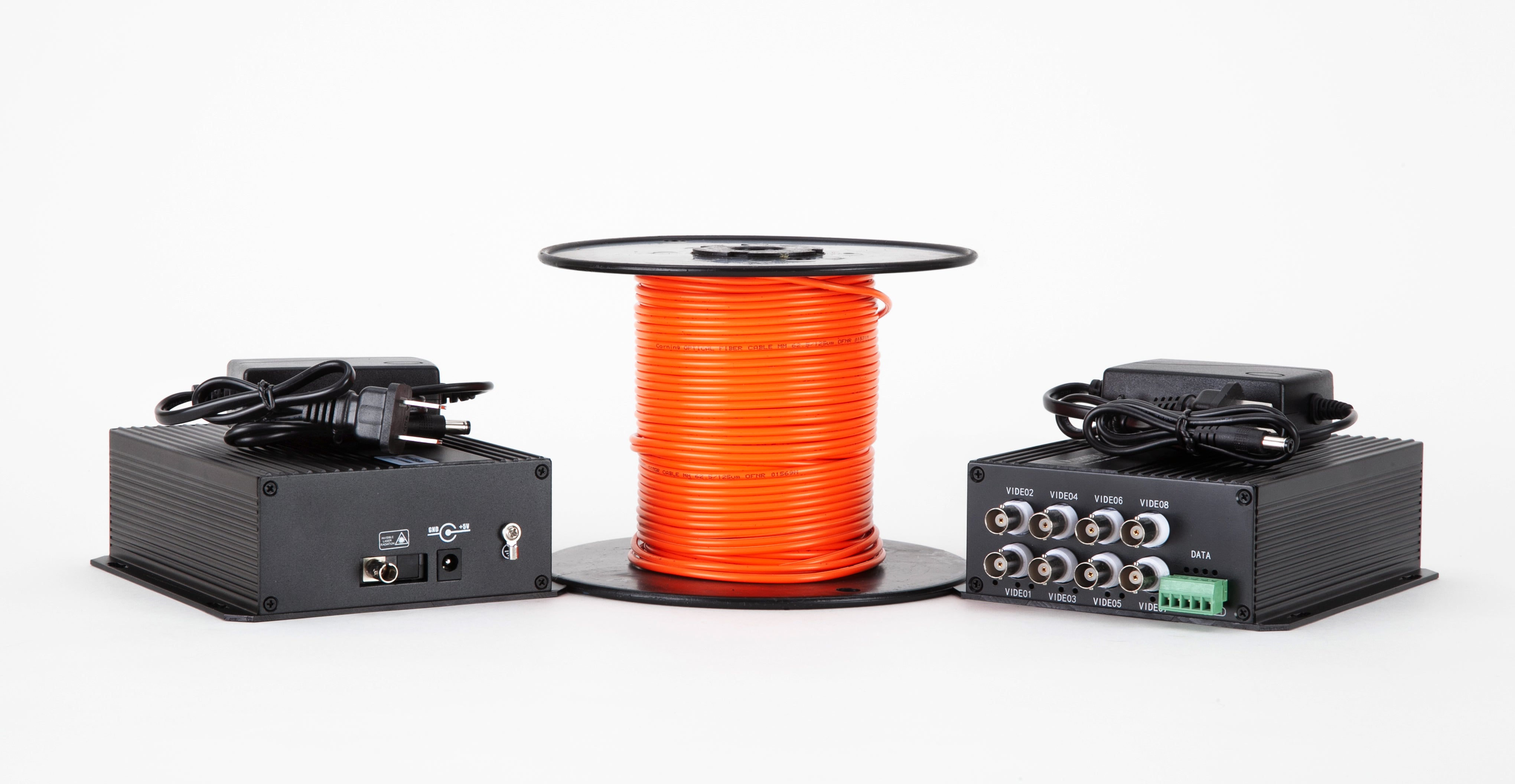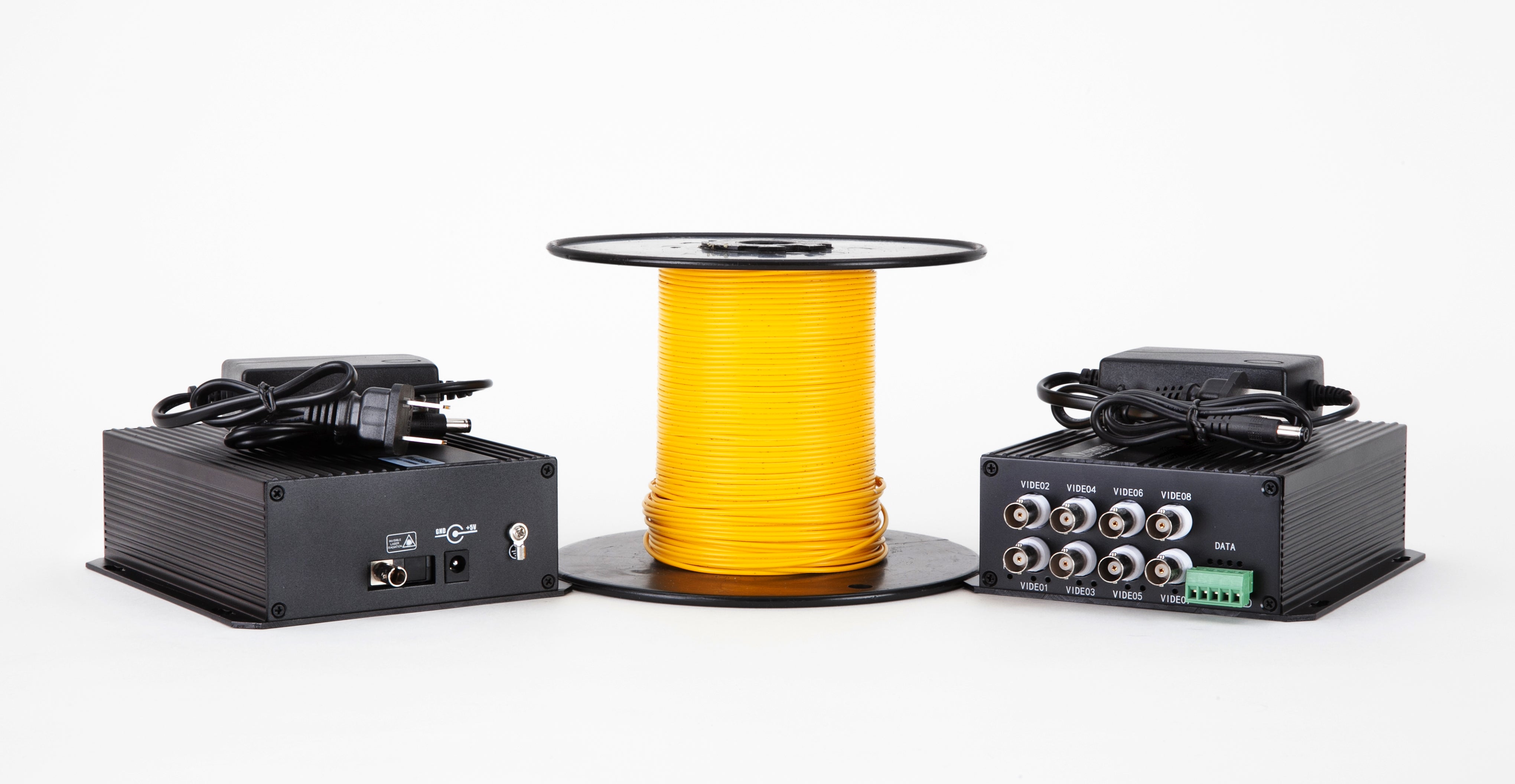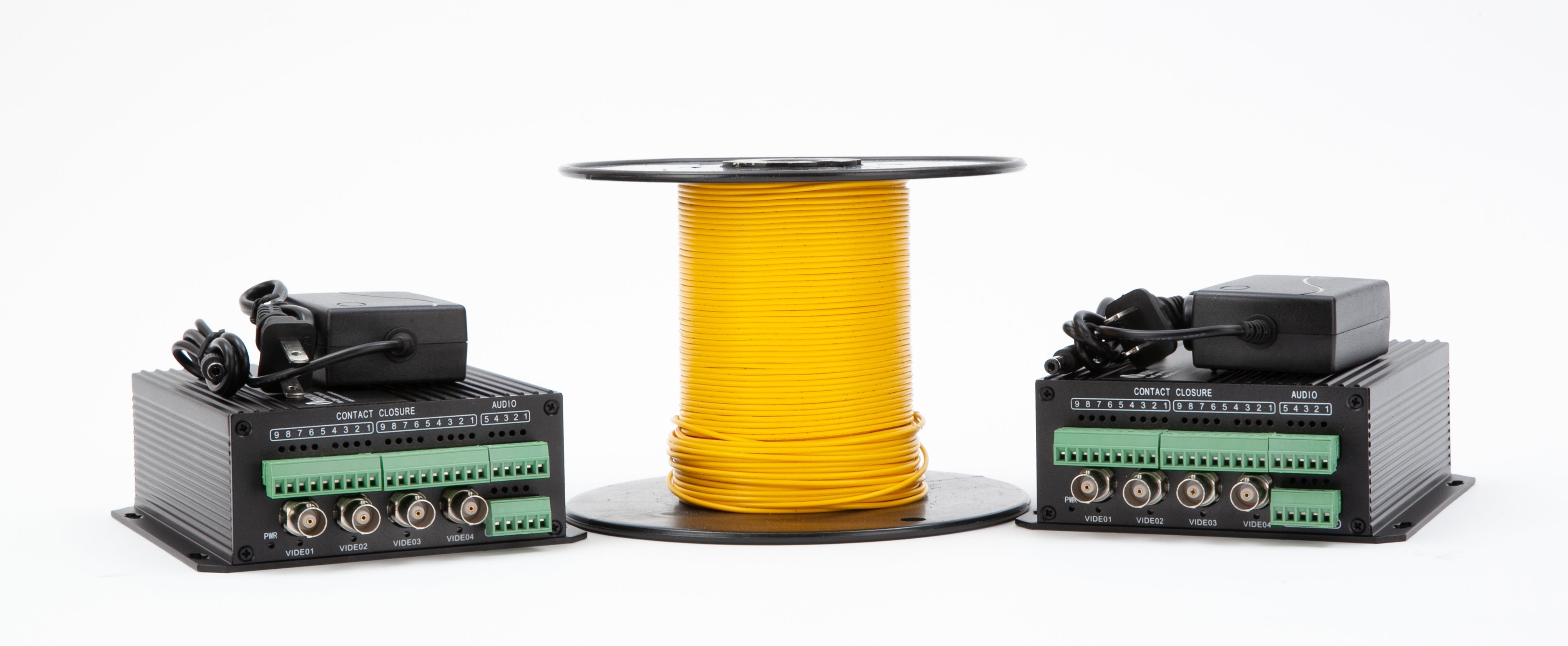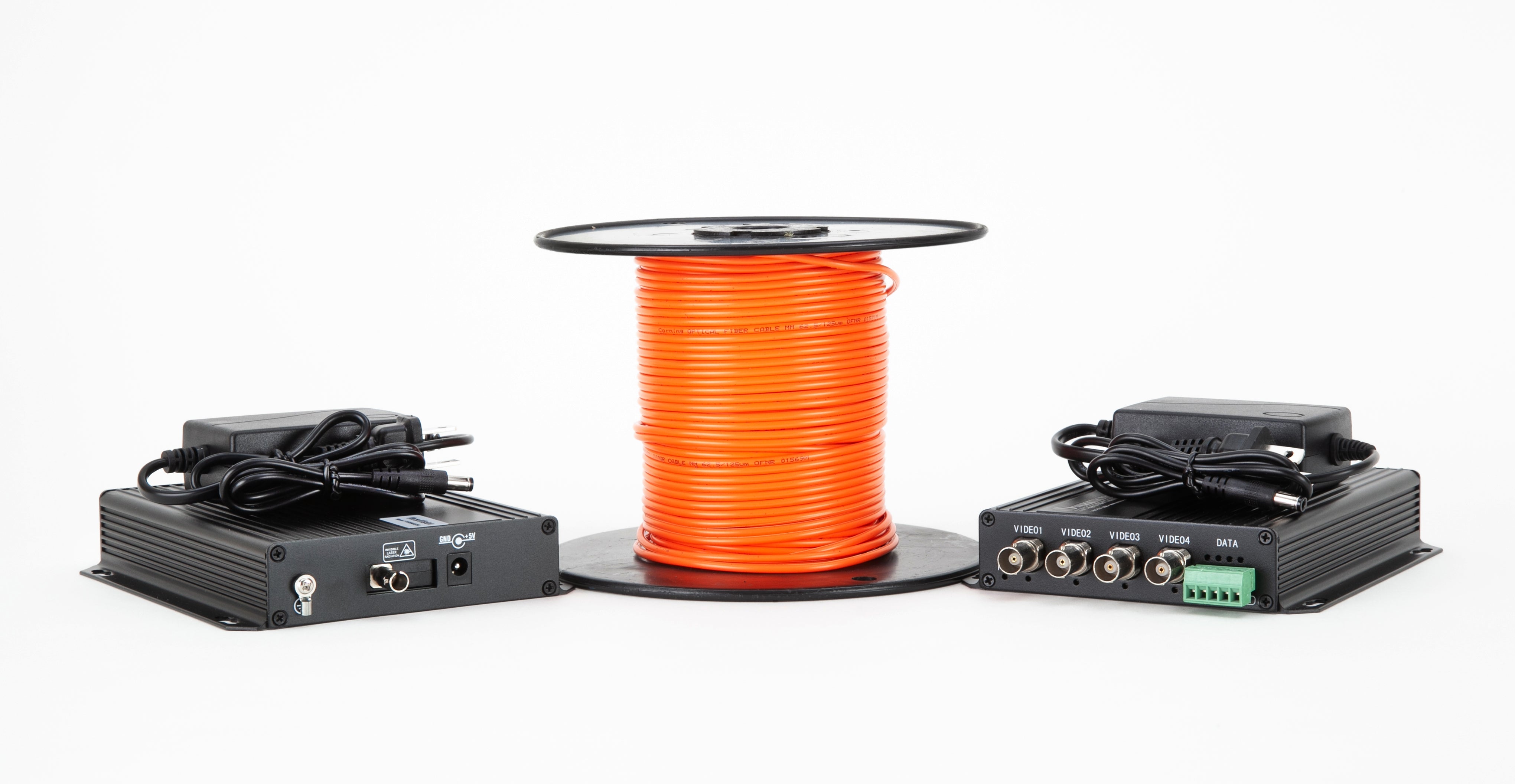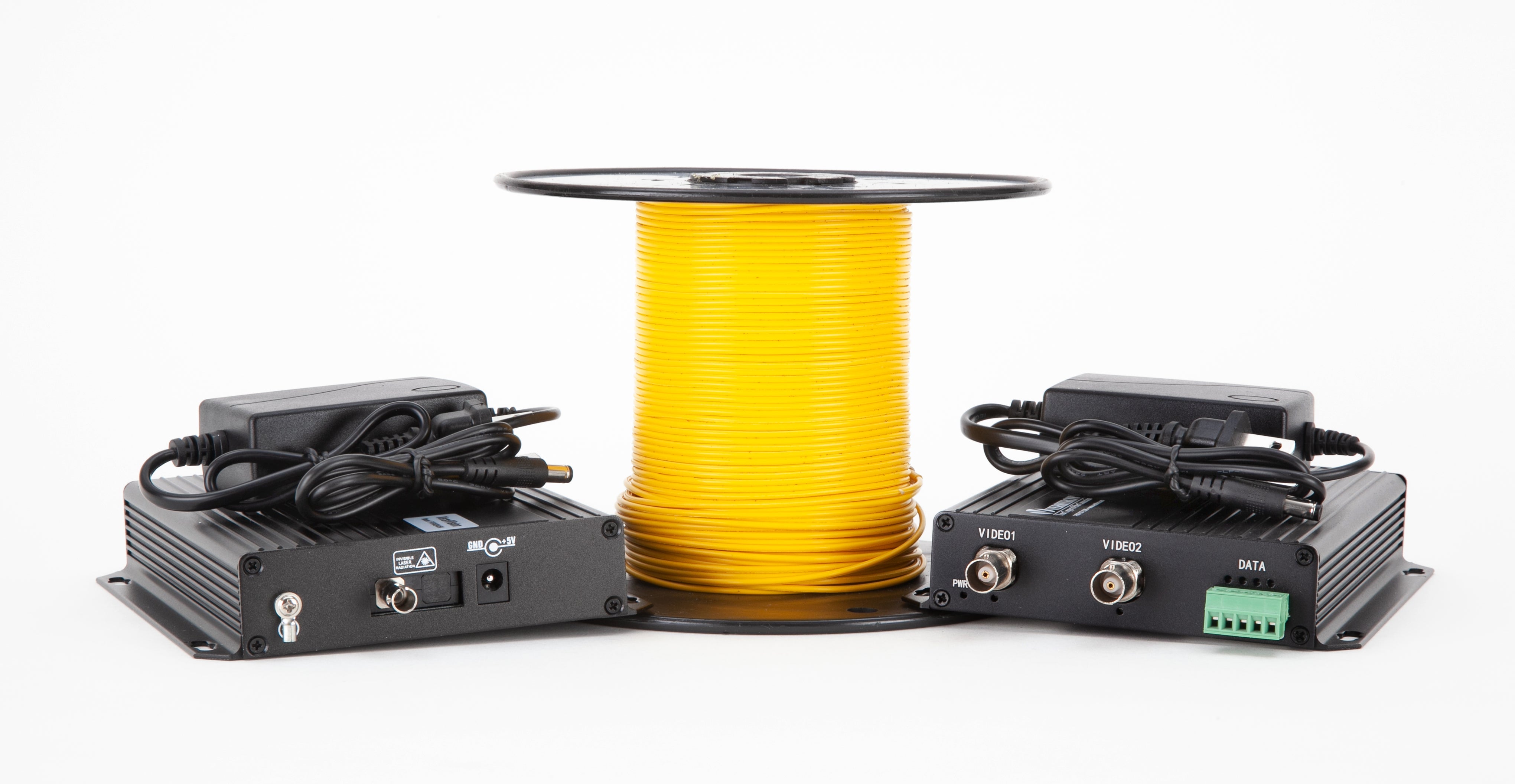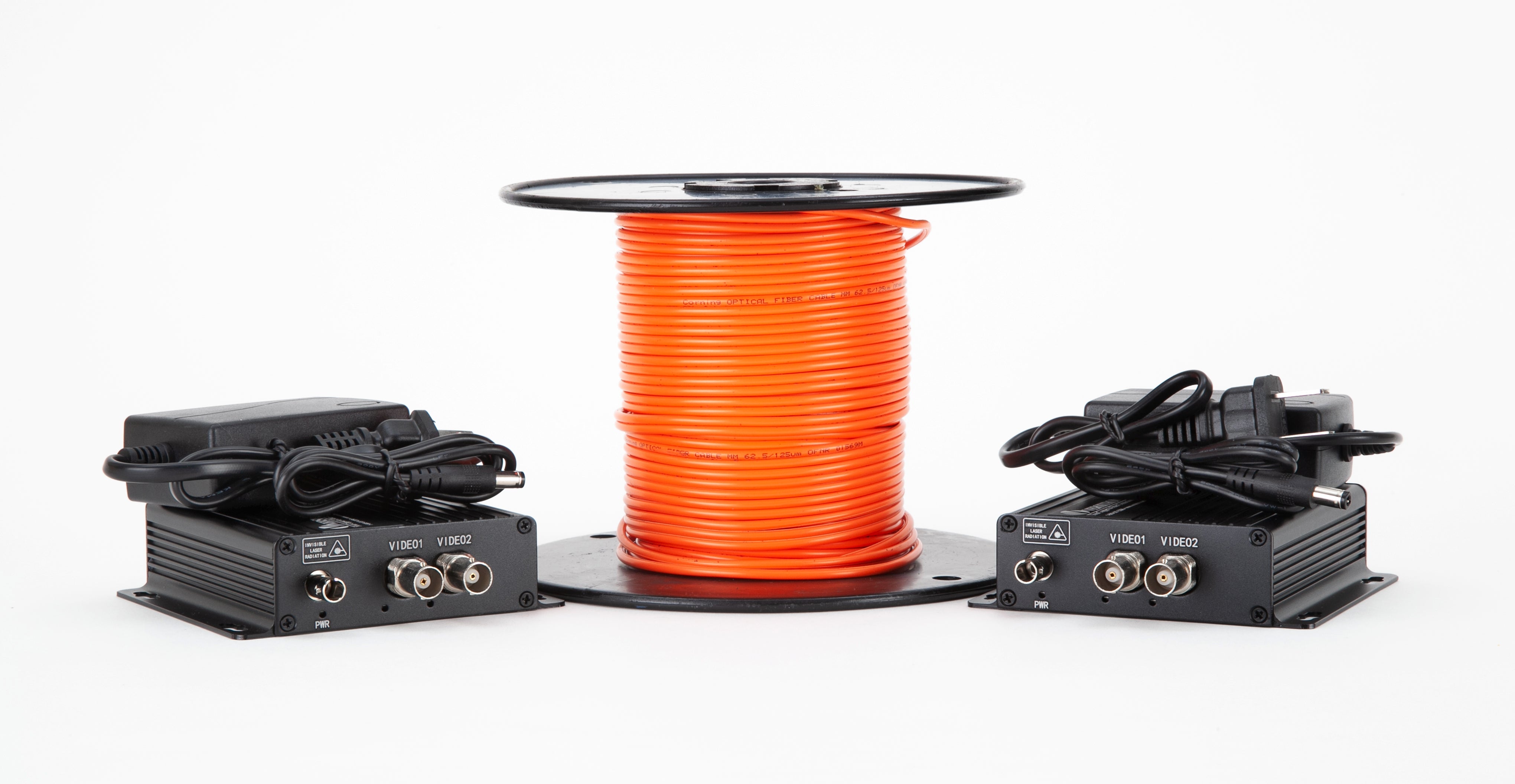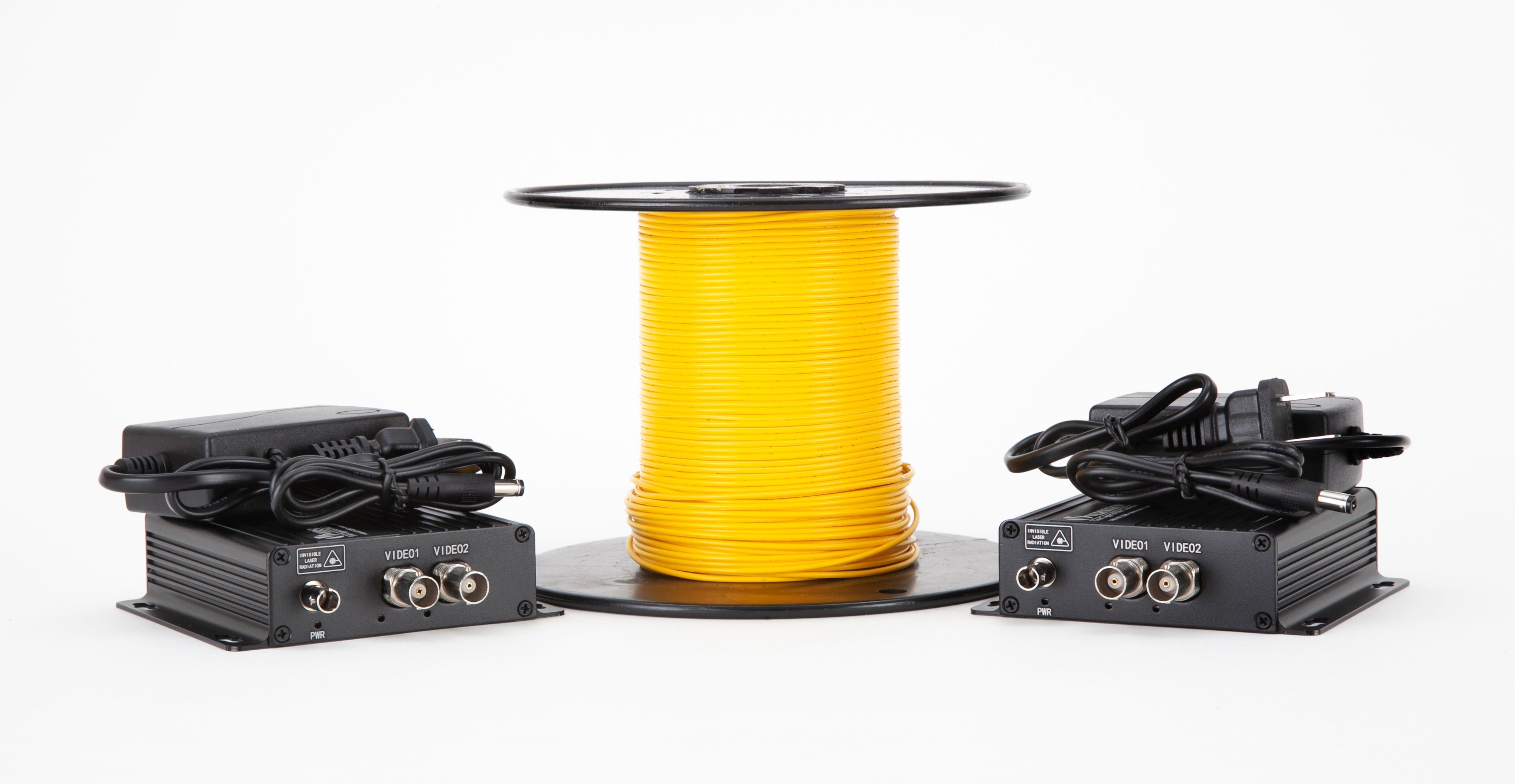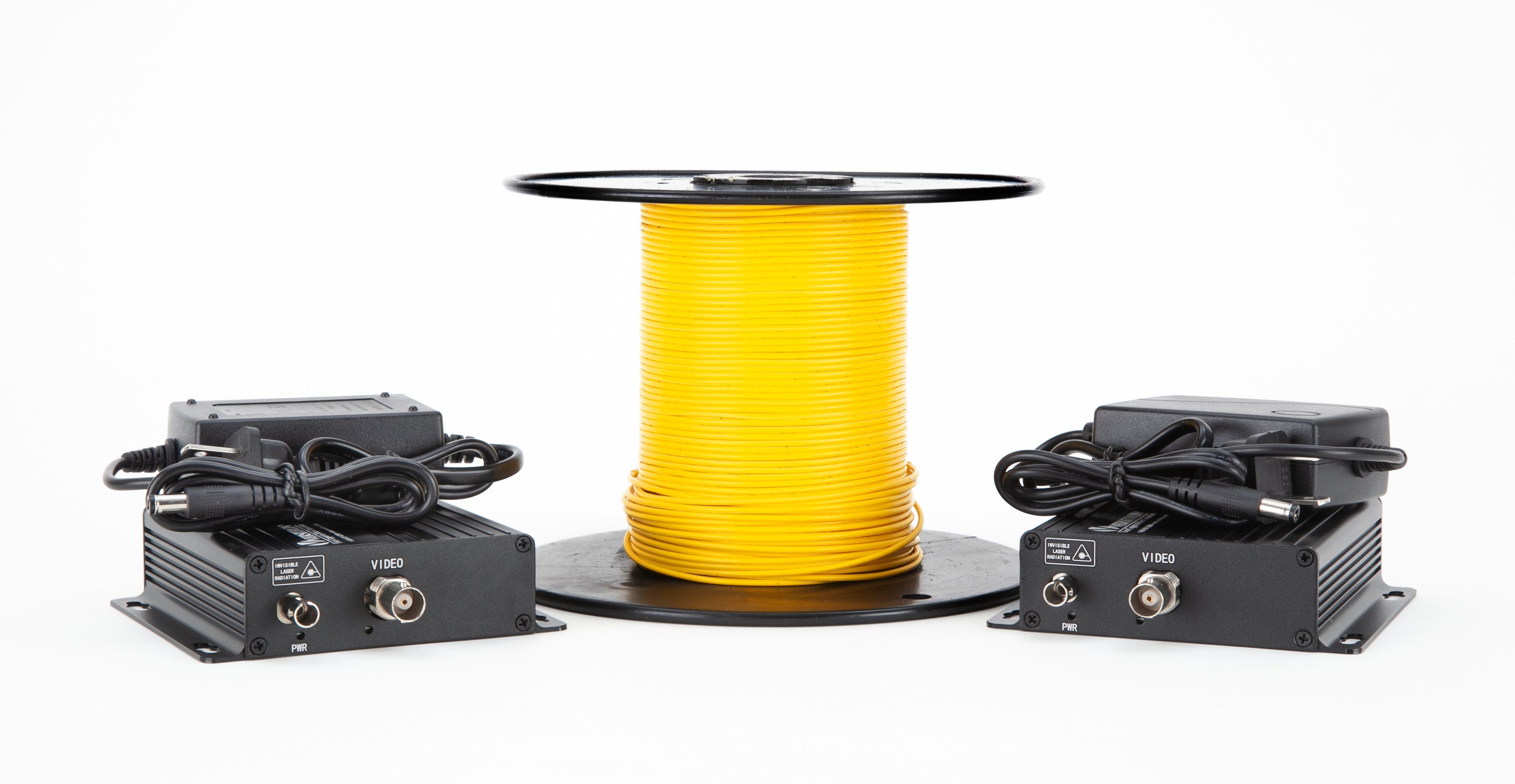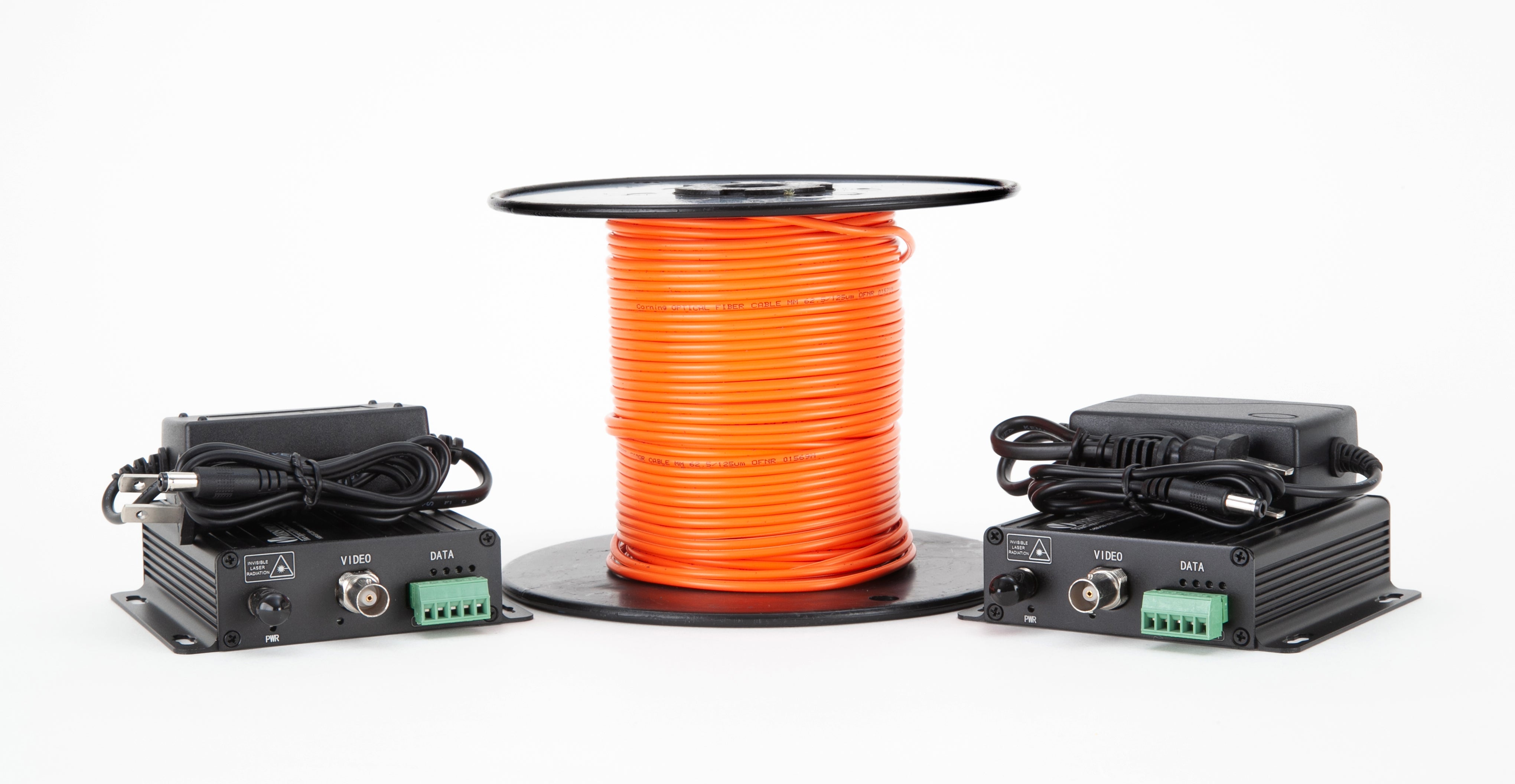In the realm of video surveillance systems, where security is paramount, the smallest components can play a significant role in ensuring seamless operation and reliable footage capture. Among these components, BNC connectors stand out as essential but often overlooked elements in the infrastructure of surveillance setups.
BNC (Bayonet Neill–Concelman) connectors is a type of surveillance camera connectors that widely recognized and utilized in various industries, from telecommunications to video surveillance. Their inception dates back to the late 1940s, initially developed for early networking and communication applications. Over the decades, BNC connectors have proven their worth and versatility, becoming indispensable elements in the infrastructure of surveillance setups.
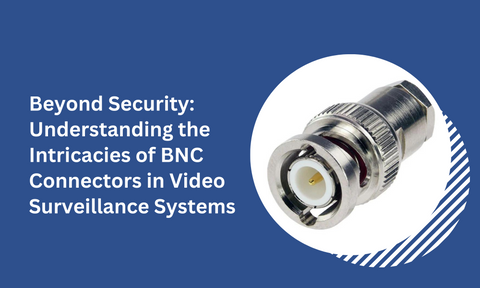
These connectors derive their name from their unique bayonet-style locking mechanism, invented by Paul Neill and Carl Concelman, which allows for quick and secure connections. This mechanism is especially advantageous in scenarios where swift setup and stability are paramount, such as in video surveillance systems. Despite the emergence of newer connection standards, BNC connectors remain prevalent due to their robust design, ease of use, and reliability.
In the context of video surveillance, these connectors serve as the linchpin, bridging various components like cameras, monitors, and DVRs (Digital Video Recorders). They facilitate the seamless transmission of video signals, ensuring minimal loss of quality or integrity. This critical role underscores their significance in maintaining the efficacy and reliability of surveillance systems.
Functionality in Video Surveillance Systems
At the heart of every video surveillance system lies the imperative of consistent and dependable performance. BNC connectors play a pivotal role in achieving this goal by establishing secure connections between disparate devices. Their bayonet-style locking mechanism not only guarantees stability but also safeguards against accidental disconnections, thereby minimizing the risk of disruptions in video feed transmission.
In video surveillance setups, where continuous monitoring is essential for security purposes, the reliability of these connectors becomes paramount. These connectors act as the conduit through which video signals flow, ensuring seamless communication between cameras, monitors, and recording equipment. The bayonet-style locking mechanism employed provides a secure and stable connection, preventing signal loss or interference that could compromise the integrity of surveillance footage.
Moreover, the versatility of these connectors makes them ideal for various surveillance applications, from small-scale installations to large-scale deployments. Whether used in indoor environments or outdoor settings, these connectors offer consistent performance, regardless of the operating conditions. This reliability is particularly crucial in high-stakes scenarios where uninterrupted video feed is critical for monitoring and responding to security threats effectively.
Importance of Reliable Connections
In video surveillance, reliability is paramount. Any failure or disruption in the connection between cameras and recording equipment can compromise the effectiveness of the entire system, leading to gaps in coverage and potential security breaches.
BNC connectors play a crucial role in maintaining reliable connections, thanks to their robust construction and impedance-matched design. By minimizing signal loss and interference, it helps ensure that surveillance footage remains clear and consistent, even in challenging environments or over long cable runs.
Considerations for Optimal Performance
While BNC connectors are known for their durability and reliability, several factors can impact their performance in video surveillance systems:
Cable Quality: The quality of the coaxial cable used in conjunction with these connectors can significantly affect signal transmission. High-quality, properly shielded cables are essential for minimizing signal loss and interference, especially in long-distance installations.
Connector Quality: Not all BNC connectors are created equal. Investing in connectors from reputable manufacturers known for their quality and reliability can help ensure optimal performance and longevity.
Proper Installation: Proper installation techniques, including secure cable termination and adequate grounding, are essential for maximizing the effectiveness of these connectors. Improperly installed connectors can lead to signal degradation and potential system failures.
Environmental Factors: Environmental factors such as temperature fluctuations, moisture, and electromagnetic interference can impact the performance of these connectors. Employing weatherproof connectors and protective enclosures can help mitigate these risks in outdoor or harsh environments.
Advantages and Limitations of BNC Connectors
Advantages:
Reliability: BNC connectors are known for their robust design and secure locking mechanism, ensuring stable connections even in challenging environments.
Ease of Use: The bayonet-style locking mechanism allows for quick and hassle-free connections, reducing setup time and minimizing the risk of accidental disconnections.
Versatility: These connectors are compatible with a wide range of devices and can be used in various surveillance applications, from basic setups to complex installations.
Compatibility: It is widely supported in the industry, making them compatible with existing infrastructure and equipment.
Limitations:
Limited Distance: While suitable for most surveillance applications, these connectors may experience signal degradation over long cable runs, necessitating the use of signal boosters or repeaters.
Analog Transmission: It primarily support analog video transmission, limiting their compatibility with newer digital technologies such as IP cameras. However, advancements like HD-SDI and HD-TVI have extended their capabilities to support high-definition video transmission.
Physical Size: Compared to newer connection standards, BNC connectors may be larger in size, making them less suitable for compact or space-constrained installations.
Best Practices for Using BNC Connectors in Video Surveillance
To ensure optimal performance and reliability when using BNC connectors in video surveillance systems, consider the following best practices:
- Choose High-Quality Connectors: Invest in BNC connectors from reputable manufacturers known for their quality and reliability. High-quality connectors are less prone to signal loss and provide a more secure connection.
- Use Proper Cable Management: Ensure proper cable management practices, including cable routing and organization, to minimize strain on connectors and prevent damage or disconnections.
- Perform Regular Inspections: Regular inspect for signs of wear, corrosion, or damage. Replace any damaged components promptly to prevent signal degradation or disruptions.
- Secure Connections Properly: Ensure that connectors are securely fastened and properly seated to prevent accidental disconnections. The bayonet-style locking mechanism should engage fully to provide a stable connection.
- Consider Environmental Factors: Take environmental factors into account when deploying BNC connectors in outdoor or harsh environments. Use weatherproof connectors and protective enclosures to shield them from moisture, temperature fluctuations, and other environmental hazards.
Troubleshooting BNC Connector Issues
Despite their reliability, these connectors may encounter issues that can affect video surveillance systems. Some common troubleshooting steps include:
- Check Cable Connections: Ensure that all cables are securely connected to the surveillance camera connectors and that there are no loose connections or damaged cables.
- Inspect Connectors for Damage: Examine the BNC for any signs of physical damage, such as bent pins or broken locking mechanisms. Replace damaged connectors as necessary.
- Test with Different Equipment: If possible, test the connectors with different cameras, monitors, or recording equipment to identify if the issue lies with a specific device or component.
- Verify Power Supply: Ensure that all devices connected to the BNC connectors are receiving power and that there are no issues with the power supply.
- Check for Signal Interference: Investigate potential sources of signal interference, such as nearby electronic devices or power cables, and relocate the affected equipment if necessary.
Advancements and Future Trends
As technology continues to evolve, so too do the capabilities of BNC connectors in video surveillance systems. Advancements such as HD-SDI (High-Definition Serial Digital Interface) and HD-TVI (High Definition Transport Video Interface) have enabled the transmission of high-definition video over standard coaxial cables, further extending the utility of these connectors in modern surveillance applications.
Additionally, the integration of BNC connectors with networked surveillance systems and IP cameras presents new opportunities for flexibility and scalability, allowing for seamless integration with existing infrastructure and future expansion.
Some Other Types of Surveillance Camera Connectors
In addition to the widely-used BNC connectors, there are several other types of surveillance camera wire connectors that play vital roles in video surveillance systems. Each type offers unique features and benefits suited to specific applications and technological requirements. Understanding these can help in selecting the right connectors for your surveillance needs.
RCA Connectors: RCA connector are commonly seen in gadgets. Can carry both sound and visual data. In security setups they might link cameras to screens or recording gear. Yet RCA plugs tend to be less sturdy compared to BNC connectors making them prone, to interruptions and signal disturbances. They're usually chosen for noncritical setups.
HDMI Connectors: HDMI (High-Definition Multimedia Interface) connectors are increasingly utilized in modern surveillance systems, especially those involving digital or high-definition video. HDMI supports both audio and video transmission, making it ideal for integrated systems where high-quality video output is essential. These connectors are more common in IP camera systems and high-definition DVRs or NVRs (Network Video Recorders), providing superior image quality.
Ethernet Connectors (RJ45): Ethernet connectors, also known as RJ45 connectors, are crucial for IP-based surveillance systems. These connectors are used with Ethernet cables to connect IP cameras to networks, facilitating data transmission over LANs (Local Area Networks) or the internet. RJ45 connectors are essential for PoE (Power over Ethernet) systems, where both power and data are transmitted through a single cable, simplifying installation and reducing wiring costs.
DIN Connectors: DIN connectors are used in some specialized surveillance systems. They provide a secure connection and are often employed in systems where multiple signal types (video, audio, and power) need to be transmitted through a single connector. Though less common in modern systems, DIN connectors are valuable in specific applications requiring robust, multi-signal connections.
Fiber Optic Connectors: For large-scale surveillance systems or installations requiring long-distance signal transmission, fiber optic connectors are becoming increasingly important. Types such as SC, LC, and ST connectors are used with fiber optic cables to transmit video signals over long distances without signal degradation. Fiber optic connectors are crucial for maintaining high-quality video transmission in extensive surveillance networks, ensuring signal integrity over vast distances.
Choosing the Right Surveillance Camera Wire Connectors
Selecting the appropriate connector type is critical for the performance and reliability of a surveillance system. Considerations include the type of video signal (analog vs. digital), distance of signal transmission, environmental conditions, and the need for signal integrity and security. For instance:
- For analog systems: RCA connectors might be suitable for simpler installations.
- For high-definition video: HDMI connectors are preferable.
- For IP camera systems: Ethernet connectors (RJ45) are essential.
- For long-distance transmission: Fiber optic connectors are ideal.


